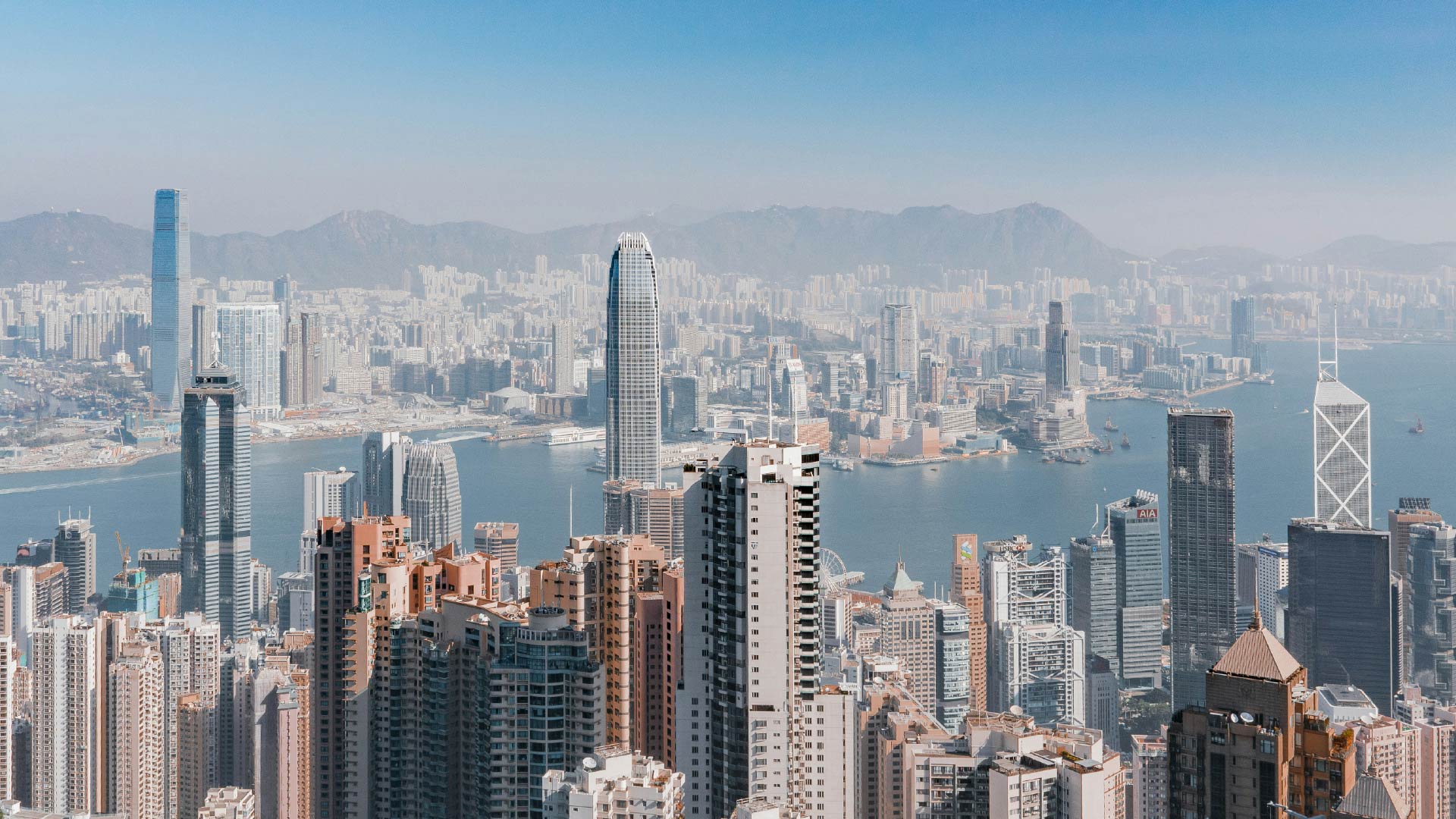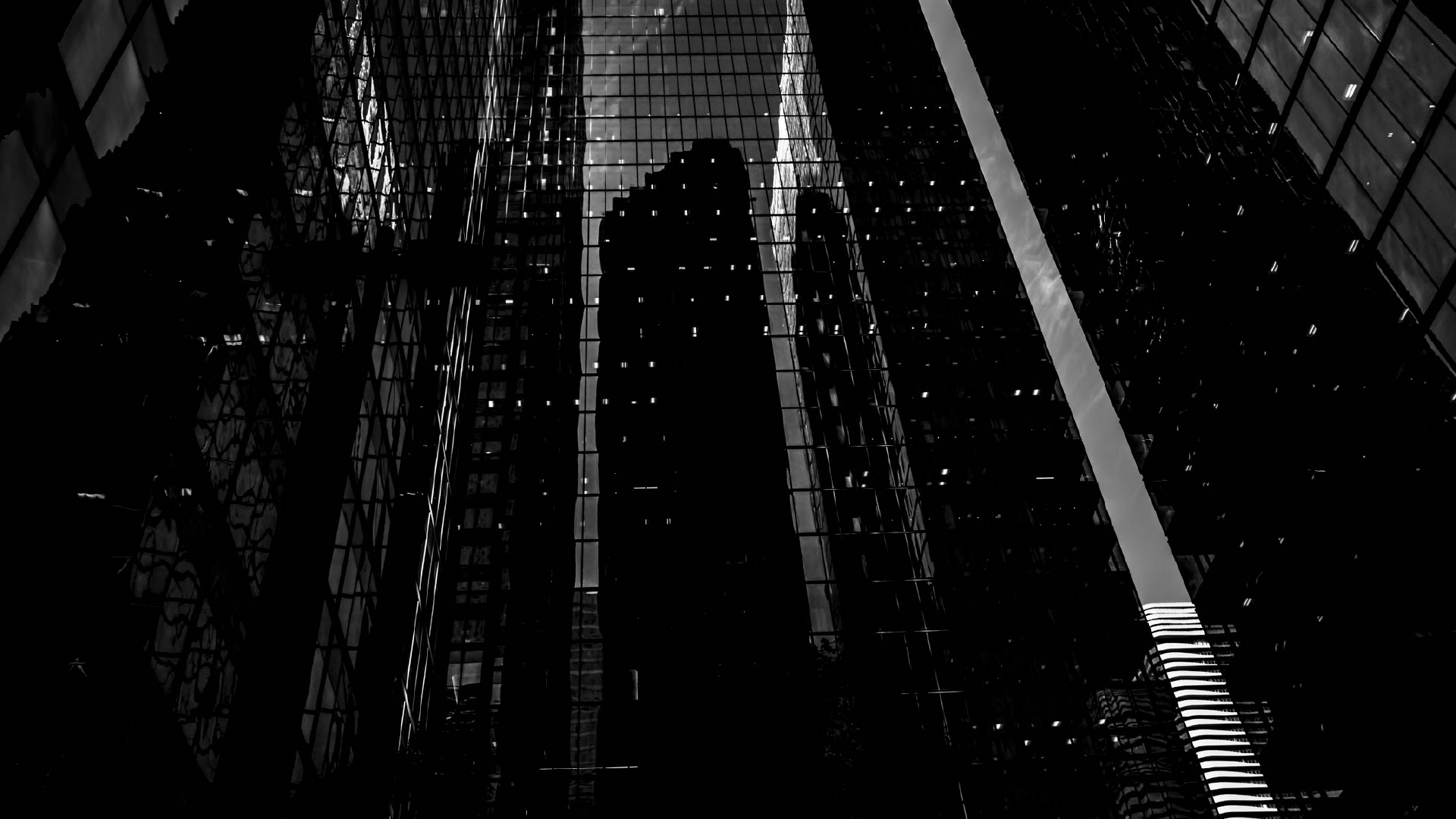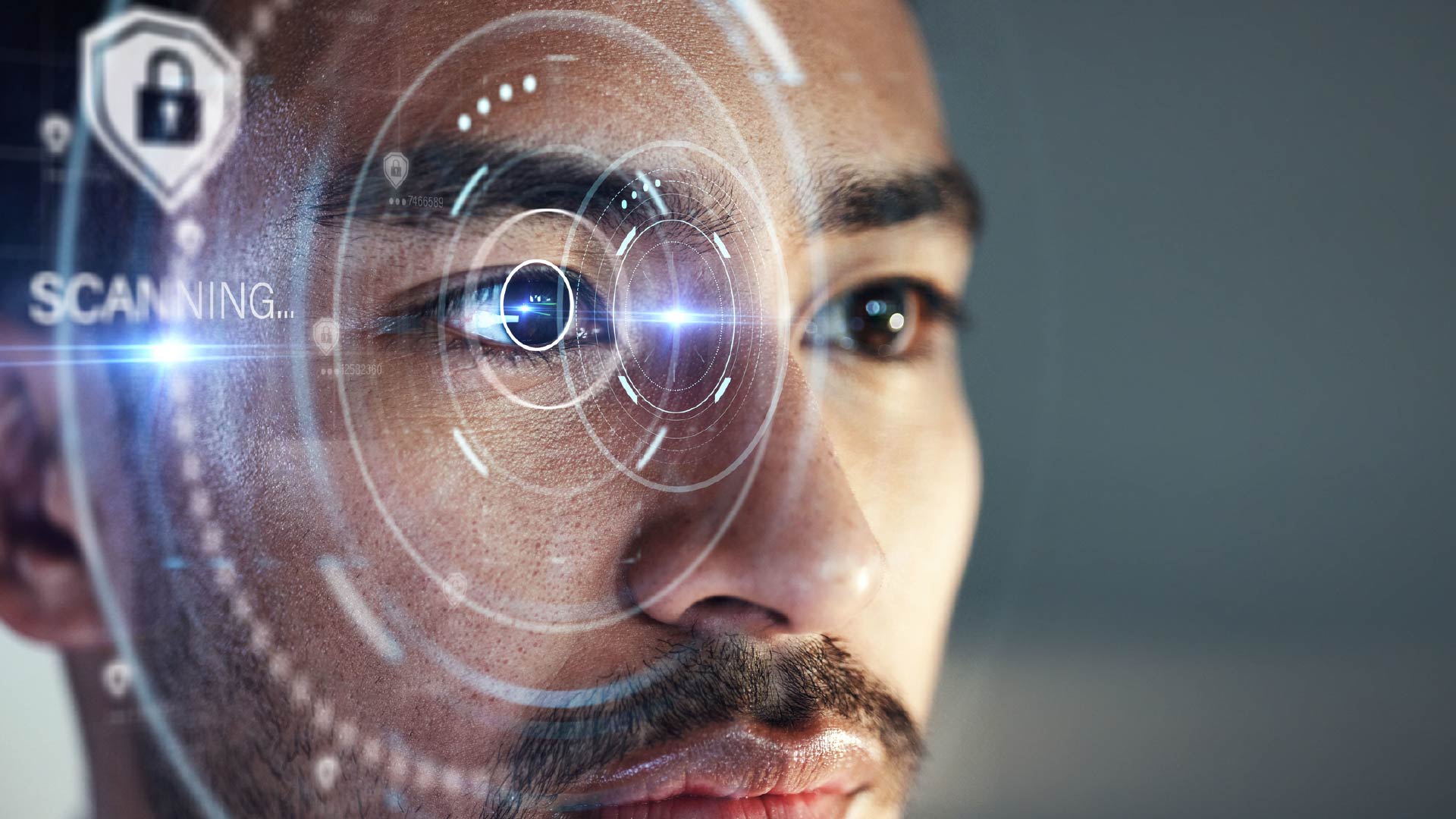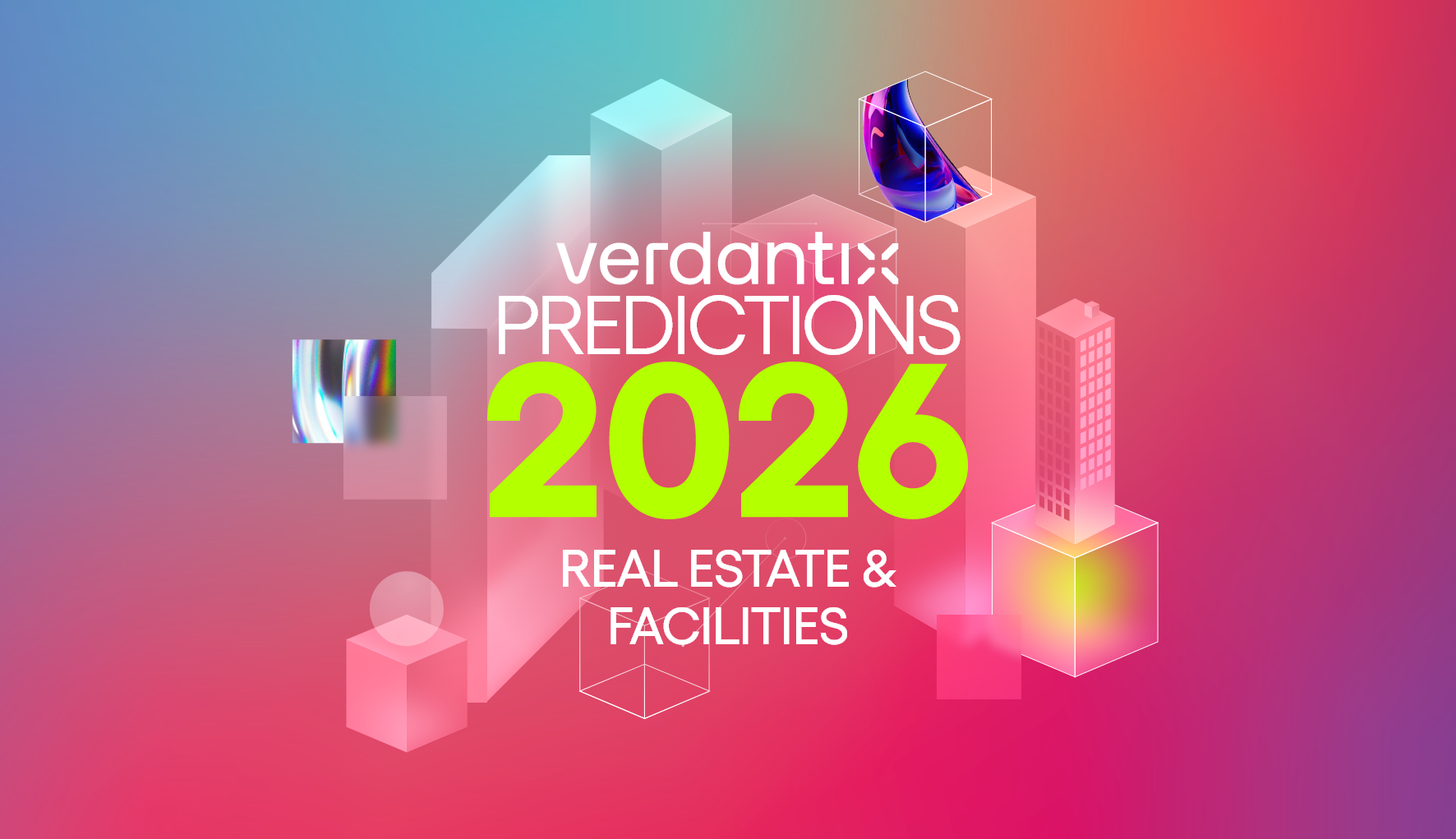From Labs To Landmarks: The Biotech Firm That’s Healing Patients And The Planet
Net zero buildings are no longer a pipe dream: real-life examples are showing the world that businesses can thrive on sunshine and smart design. Yet, many organizations still cling to energy-guzzling facilities, burning cash and spewing emissions. On the other end of the spectrum, United Therapeutics (UT), a biotechnology firm advancing life-saving therapies and organ transplantation, has forged a portfolio of high-performance sites that generate as much energy as they consume. Its LEED Platinum-certified Unisphere headquarters in Maryland is just one example. Across North America, UT runs patient support centres and labs, driving pharmaceutical innovation away from fossil fuels through strategic partnerships and proactive management that make net zero a lasting reality. By teaming up with tech partners and sustainability engineers, UT ensures its buildings don’t just meet rigorous energy standards – they bring sustainability to life. So why aren’t more firms making the leap?
High upfront costs and unreliable energy sources are often viewed as the steepest climb toward net zero. But UT’s example suggests otherwise. Across five net zero sites, the generation of 7,000MWh of solar power annually turns a financial drain into a long-term asset. At Project Lightyear, a 6.2MWh battery microgrid stands ready, backing up the facility’s solar-powered operations with the ability to keep it running for over two days in case supply is cut off. Beneath the surface, geoexchange wells leverage the Earth’s steady temperature for seamless heating and cooling. Above ground, green roofs and stormwater catchment basins form a protective armour, enhancing insulation and conserving water. Yet, clean energy is only half the equation. Without a robust management system, its potential can dissipate, leaving operational savings and sustainability gains untapped.
Here, UT’s approach stands apart. UT has embedded intelligence across its net zero portfolio, ensuring that every kilowatt is put to good use. Each facility’s energy strategy is fine-tuned to balance renewables, storage and demand-side adjustments. Real-time monitoring and adaptive controls prevent inefficiencies before they arise. Smart building management systems (BMS) and energy management systems (EMS) work like air traffic controllers, orchestrating energy use based on occupancy, weather and shifting demand. Predictive and preventative maintenance act as UT’s insurance policy, minimizing failures and repair costs through smart systems designed to cut emissions by 30%. Guiding every decision is ‘The Algorithm’: UT’s playbook for aligning energy goals, costs and performance.
UT’s approach isn’t an anomaly – it’s the direction the industry is heading. The 2025 Verdantix real estate technology global corporate survey confirms that 97% of leading firms are ramping up investments in ESG, decarbonization and digital transformation to future-proof their portfolios. Technologies like digital twins are revolutionizing building operations, offering advanced energy optimization, predictive maintenance and cost-saving solutions well beyond conventional methods. The industry isn’t just reacting to trends. It is actively redefining how buildings generate, store and manage energy.
United Therapeutics isn’t waiting for the world to catch up. It is already proving that net zero is scalable, cost-effective and built to last. Verdantix data show that the demand for smarter, self-sustaining buildings is only growing. The roadmap is clear. The technology is ready. So, who’s next?
About The Author
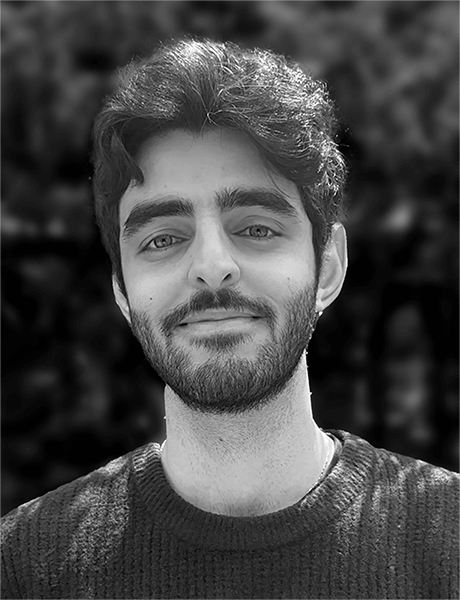
Henry Yared
Analyst
